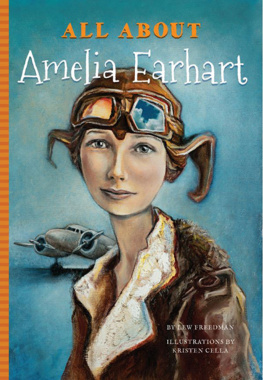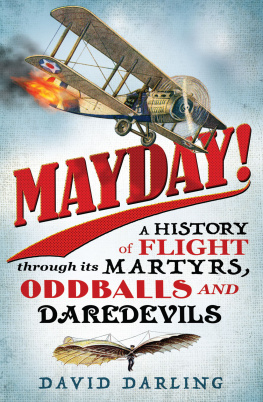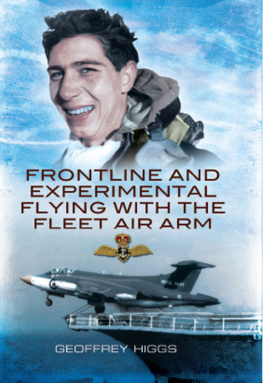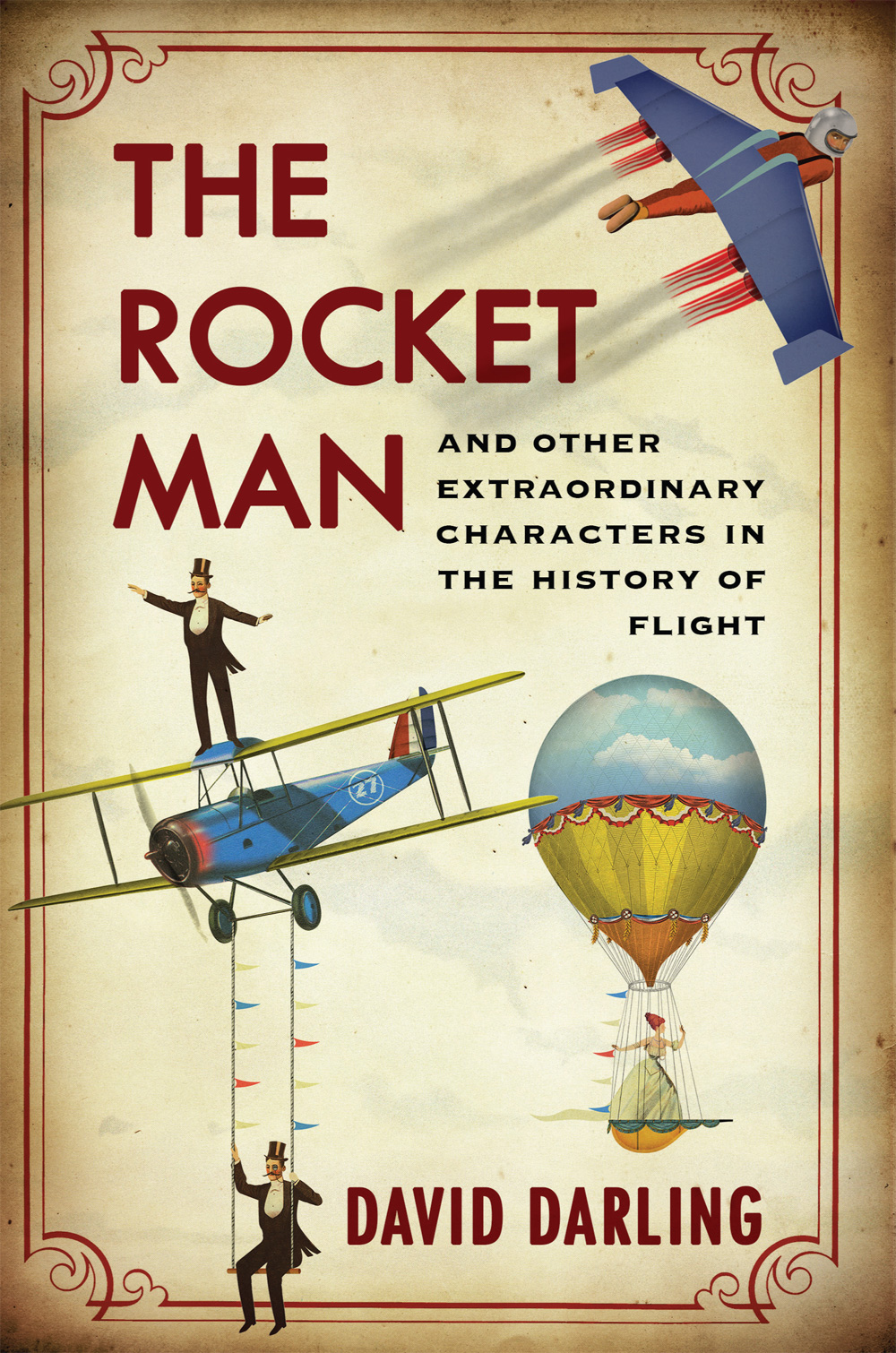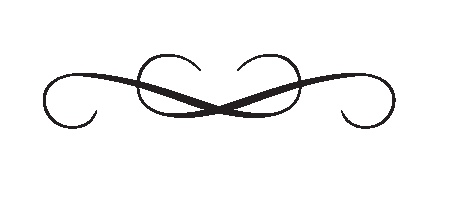List of Illustrations
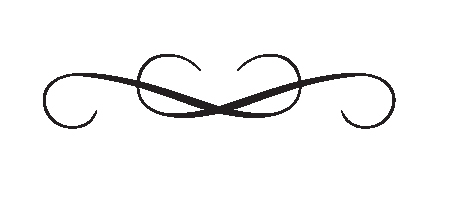
Blanchards Balloon from Wonderful Balloon Ascents (1870) by Fulgence Marion (pseudonym of Camille Flammarion). Source: Wikipedia/public domain.
An early demonstration of the Montgolfier brothers balloon. Source: Wikipedia/public domain.
Sophie Blanchard standing in the decorated basket of her balloon during her flight in Milan, Italy, in 1811 to celebrate Napoleons 42nd birthday. Credit: US Library of Congress, Prints and Photographs division.
Lincoln Beachey seated at the controls of his plane (1913). Credit: US Library of Congress.
Lincoln Beacheys flight under Niagara Falls Bridge, 27 June 1911. Credit: Photo Speciality Co. (1911).
Lincoln Beachey in his plane racing against Barney Oldfield, 28 June 1912. Source: US Library of Congress.
Raymond Collishaw in RAF uniform (1919). Credit: RAF.
Royal Flying Corps or Royal Air Force Sopwith 1 Strutters. Credit: HM Government, Crown Copyright (expired).
Sopwith Triplane. Credit: Jeff Darling.
The Curtiss JN-4 (Jenny). Credit: Jeff Darling.
Ormer Locklear wing walking, c.1919. Credit: US Federal Government/public domain.
Wiley Post and Harold Gatty. Credit: German Federal Archive.
The Winnie Mae on display in the National Air and Space Museum. Credit: Jarek Tuszynski.
Howard Hughes standing in front of his new Boeing Army Pursuit Plane (Boeing 100A) in Inglewood, California in the 1940s. Source: US Library of Congress.
The first prototype of the Hughes XF-11, c.1946. Credit: US Air Force.
The H-4 Hercules, better known as the Spruce Goose. Credit: Jeff Darling & Federal Aviation Administration.
John Stapp rides the Gee Wizard at Muroc Army Airfield. Credit: US Air Force.
Upper: Stapp is prepared for his record-breaking run aboard Sonic Wind No. 1. Lower: Sonic Wind No. 1 hits the water trough that slowed it from 632 miles per hour to rest in little over a second. Credit: US Air Force.
Stapps face shows the effect of a high-speed trip aboard Sonic Wind No. 1. Credit: US Air Force.
The Bell Aircraft Corporation X-1 with shock-wave pattern visible in its exhaust plume. Credit: NASA.
Chuck Yeager standing alongside the Bell X-1, which he nicknamed Glamorous Glennis after his wife. Credit: US Air Force.
Neil Armstrong next to the X-15. Credit: NASA.
Joe Walker exiting his X-1A, cowboy style. Credit: NASA.
Joe Walker after a flight of the X-15 #2. Credit: NASA.
Joseph Kittingers record-breaking skydive from 102,800 feet (31,300 metres). Credit: US Air Force.
Joe Kittinger and the recovery crew following his record-breaking jump.
The Johnsville centrifuge. Courtesy: Johnsville Centrifuge & Science Museum.
The Mercury Seven astronauts with a model of an Atlas rocket. Standing, left to right, are Alan B. Shepard Jr, Walter M. Schirra Jr, and John H. Glenn Jr; sitting, left to right, are Virgil I. Grissom, M. Scott Carpenter, Donald (Deke) Slayton, and L. Gordon Cooper Jr. Credit: NASA.
Alan Shepard poised on the step of the Johnsville centrifuge prior to a training run. Courtesy: Johnsville Centrifuge & Science Museum.
The Iron Maiden, a device patented by R. Flannigan Gray. Credit: Johnsville Centrifuge & Science Museum.
The MASTIF (Multiple Axis Space Test Inertia Facility) at Lewis Research Center in 1960. Credit: NASA.
An SR-71 Blackbird flies over the snow-covered southern Sierra Nevada Mountains of California after being refuelled by a US Air Force tanker during a 1994 flight. Credit: Jeff Darling & USAF/Judson Brohmer.
NASAs SR-71 taking off from Dryden Flight Research Center. Credit: NASA.
Voyager circling before landing at Edwards Air Force Base. Credit: NASA/Thomas Harrop.
Voyager specifications. Credit: Jeff Darling.
Yves Rossy, aka Jetman or Rocketman, flying with his jet-propelled wing. Credit: Yves Rossy/Breitling.
Aiguille du Midi (Needle of the South) in the French Alps over which Patrick de Gayardon flew in 1997. Credit: Wikipedia/Garrondo.
Yves Rossy. Credit: Yves Rossy/Breitling.
Rossy flying over the Grand Canyon. Credit: Yves Rossy/Breitling.
Rossy flying in formation with two jets from the Breitling demonstration team. Credit: Yves Rossy/Breitling.
BASE jumping from an antenna. Credit: Wikipedia.
Steph Davis performing a BASE jump in a wingsuit. Credit: Wikipedia.
A wingsuit flier in Holland. Credit: Vladimir Lysyuk/Jarno (Mc) Cordia.
Introduction
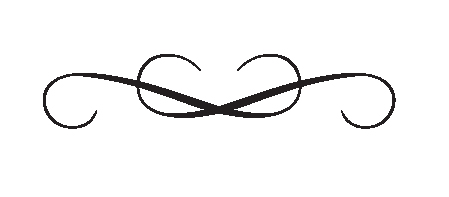
You have to be slightly crazy to want to fly especially if no ones done it before, or gone as high, or as fast, or as far, as you intend. As a species were about as well suited to flight as seahorses are to galloping on land. But what we lack personally in the way of aerial adaptations we make up for in imagination. Our Stone Age ancestors must have watched birds take to the air and soar upwards, maybe with a tinge of envy, and wondered what it would be like. Eventually, some people began to wonder how it might actually be done.
Pioneering aviators are a strange breed a mix of marginal sanity, starry-eyedness, practical savvy, and nerves of steel. Its a blend that makes for colourful, larger-than-life characters, and the history of aviation is chock-full of them.
Each era has produced its own brand of personalities. The golden age of ballooning attracted the romantic and the attention-seeker. Theres an elegance to ballooning the slow, effortless, majestic rise into the air, allowing plenty of time to wave to those less fortunate souls still confined by gravity to the ground.
The age of the glider and then of the first powered planes appealed to a very different type of character. Theres nothing romantic about clinging to, or being perched precariously on, a seemingly ramshackle assortment of wood and canvas, hoping that after a brief spell in level flight you make it to the ground with no worse than a few cuts and bruises. The first heavier-than-air contraptions were desperately dangerous affairs, as likely to end in wreckage of both man and machine as in triumph. The folk who built and flew them were a fusion of courage, ingenuity, and conviction calculated risk-takers willing to put their lives on the line to test their private theories.









